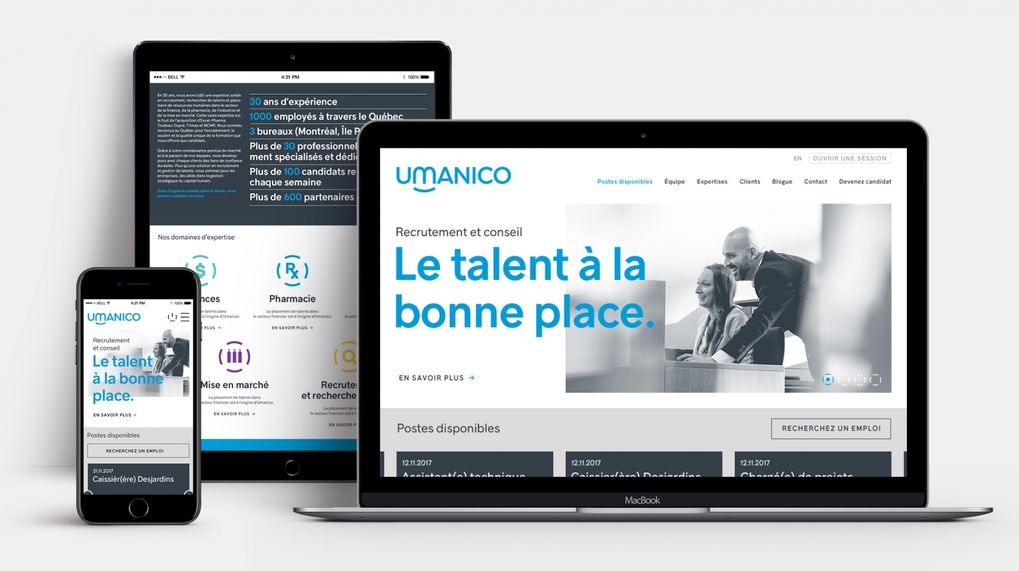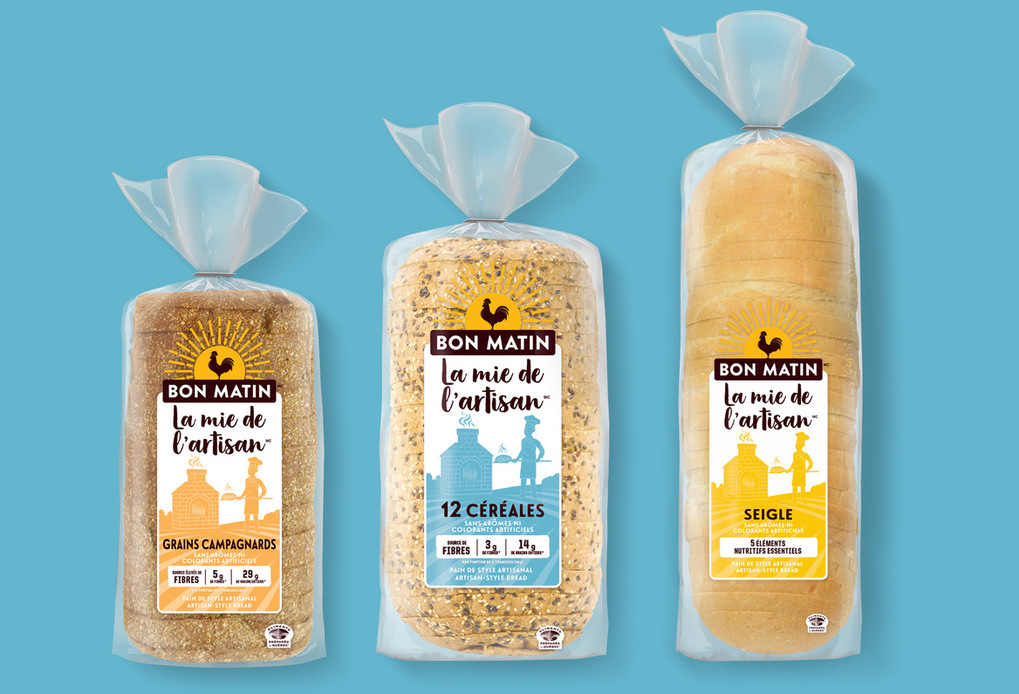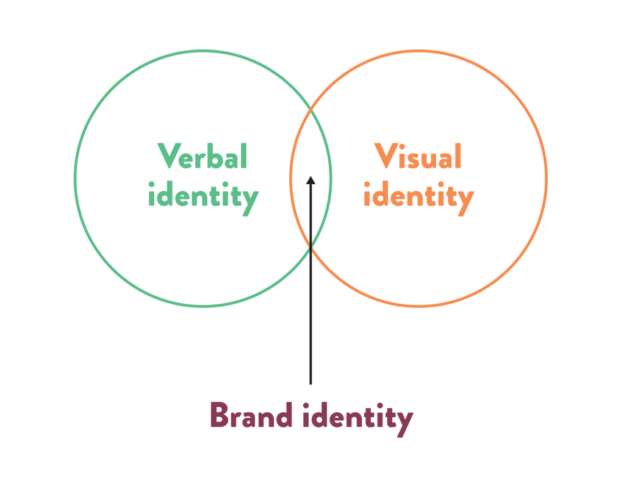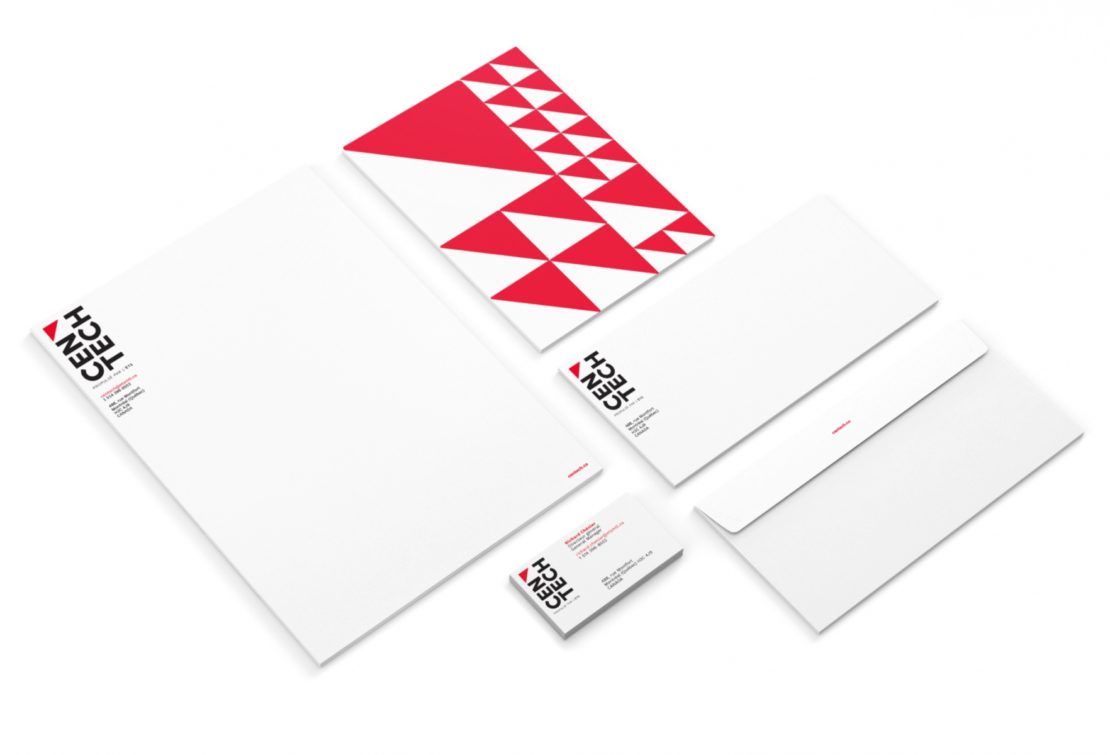Choosing a name for your child is a very meaningful decision because the name you choose becomes an expression of your child’s unique identity and sense of self. Studies have shown that children who don’t like their names are at greater risk of having low self-esteem. Studies have also shown that a person’s name can play a role in their attractiveness to others. The choice of a brand name is equally momentous, which makes brand name development much more than just a name generation exercise.
The choice of a brand name is equally momentous, which makes brand name development much more than just a name generation exercise. It’s a strategic and creative process. And it’s a balancing act that has major consequences for any organization. The creation of a successful brand name requires a holistic approach based on the organization’s mission and vision. And there are major legal constraints on the name selection process which make naming an even greater challenge.
Drawing on our extensive experience in this field, we have identified the main success factors in brand development. Here are the five key elements to consider in creating a brand name.

“We needed to review our product portfolio naming structure in order to align it more closely with our business strategy. We now have a clear system that supports our master brand.”
– Liseanne Gillham, VP Marketing, Broadsign
Every day, we navigate a world awash in signs, symbols and brands. The decision to create a new brand is highly strategic. You want to avoid the needless creation of brand names because each brand you create requires an investment of money and time (marketing and management) in order to cut through the barrage of brands competing for attention in the marketplace to gain visibility and acquire value. Moreover, if you confront your customers with too many brands and sub-brands you risk causing confusion. So the first question you need to ask is whether a new name for your product, service or organization is truly essential. A well-thought-out brand strategy will approach brand creation with a view to an organization’s entire brand portfolio. In the case of large organizations, for instance, it is not uncommon for BrandBourg to introduce greater coherence and clarity in the brand portfolio by reducing the number of brands, even if that might seem counterintuitive. Sometimes less is more.
However, a new name can indeed be a strategic solution in certain circumstances:

– Tanya Luttrell, Partner and Director of Recruitment and Talent Acquisition at Umanico
Proper names, descriptive names, initials, acronyms, abbreviations, metaphors, coined names – there is no magic formula. In every field of endeavour, you will find strong brands built from all these different types of names. Take the financial sector, for example: Desjardins, Tangerine, Manulife, Fondaction, National Bank, TD.
Although there is no single best type of name, each has its own advantages and limits, pros and cons. And then there are additional considerations that weigh very heavily in the balance, such as trademark registration and securing a domain name. So, for example, hoping to find a product name that is descriptive and can easily be understood by both French and English speakers and has an available domain name worldwide is a little unrealistic! In the same vein, you can’t expect to win recognition for a coined name without a major communication and marketing investment – think Google or Nike.
Here’s a chart that sums up some strengths and weaknesses of the different types of names.

Here is a matrix that lists some of the strengths and weaknesses of different types of names.
“One of the most common problems we see, is people adopting descriptive brands to send a clear message about their products. Such brands are very difficult to protect and to defend.”
– Isabelle Jomphe, Partner and Trademark Attorney, Lavery de Billy, L.L.P.
When we set out to create a name, we begin by giving free rein to creativity. The aim is to generate a long list of possible names. At this stage, there’s no need to worry too much about the various criteria and the viability of the proposed names; the goal here is to let ideas flow.
The resulting list is then subject to a rigorous vetting process.
This begins with a comprehensive brief to establish the parameters of the name you’re looking for. It should include the product/service/organization positioning, the primary audience for the name, the geographic scope (local, regional, national, international), whether the name has to fit into a family of related brand names, the competitive landscape, market codes, and the size of the marketing-communication-advertising budget available to build recognition for the brand, among other considerations. It should also lay out some broad objectives: what attributes you want to evoke, what feelings you want to elicit. If possible, it should also define the creative avenues to be explored.
Any number of methods can prove productive: group brainstorming, individual research, creative software, building on the ideas of others. You can do several rounds or start over from scratch to get the batch of names you will then proceed to pare down based on the organization’s objectives and all the criteria for a successful name.
In this process, there are several pitfalls to avoid:
Like choosing the name of your child, choosing a brand name is a pivotal decision, and there’s no turning back… at least in the short to medium term.
Prior to proceeding with an assessment of the list of names generated in step 3, it is crucial to establish objective and wide-ranging selection criteria that are understood and shared by all decision-makers in order to avoid conflict based on mere personal preferences.
Here are a number of checkpoints to consider in the assessment process:

“Naming and branding were key factors in the launch of our successful new brand, La Mie de l’Artisan. The new product naming and package design now work together in a credible, relevant and engaging way.”
– Tania Goecke, Senior Marketing Director, Bimbo Canada
Bear in mind that a brand is the fusion of two equally vital component parts: a name (the cornerstone of verbal identity) and a visual identity (the logo, the colour scheme, related imagery, and the way the brand is presented at all points of contact with the public).
By itself, neither a name nor a visual identity is sufficient to build a strong brand. The two parts work in tandem to create a unique and integral whole that gives the brand its personality and expresses something essential about the company, organization, product or service that helps it stand out from the competition.
Creating a brand name is no easy task, so it’s important to think carefully about whether you truly need a new name and what exactly you want to accomplish with it. Once you’ve made the decision to embark on developing a new brand, a good creative brief that sets out your strategic and communication objectives is the next essential step.
The ensuing creative process should be guided by a systematic approach to brand name development. Rely on sound methods and avoid improvisation, such as naming contests.
But in the initial phase of name development, you do want to cast the creative net wide. The name generation process should aim to explore many avenues and yield as many interesting options as possible. You want to make sure you have covered all the bases when you take the final step of choosing the name.
Remember that there is no such thing as a “eureka” moment in brand creation. The decision-making process must be based on stringent criteria. Keep in mind that more than 95% of your proposed names won’t be viable because the trademark and/or domain name won’t be available.
And the work doesn’t stop once you’ve settled on a new brand. After your brand is launched, it’s up to the brand management team to ensure that over time your brand gains recognition, goodwill and equity.

“Our initial plan was to rename Centech to reflect our new business aspirations. BrandBourg convinced us that the challenge was elsewhere (in the spheres of visual identity and brand voice). In retrospect, and in light of our rapid success, changing our name would not have been a good strategy.”
– Richard Chenier, Executive Director, Centech

View more relevant articles